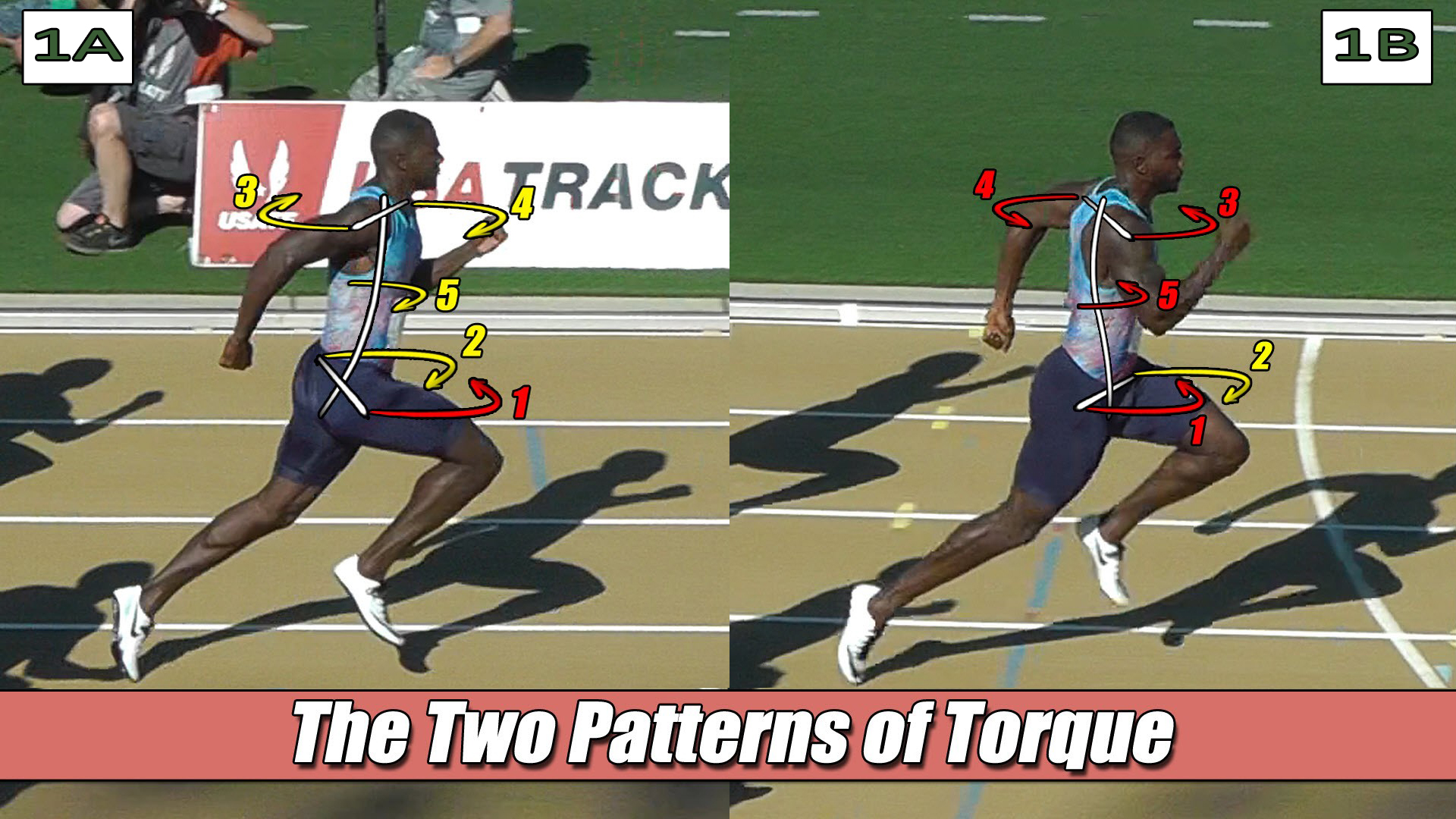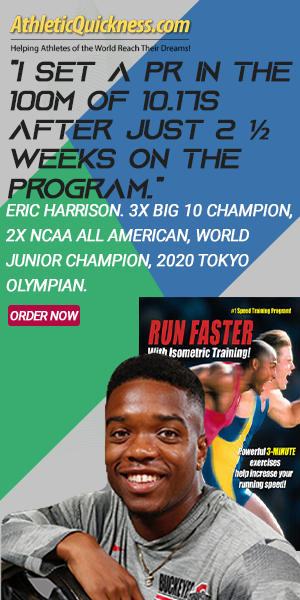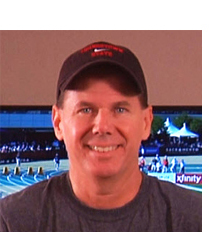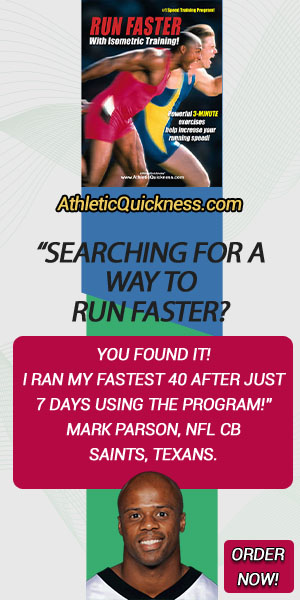In this article I am going to show you a couple of arm exercises for running, and perhaps more specifically, shoulder exercises for runners since that’s where most of the upper extremity strength and power comes from.
But first, I want to explain to you why it’s important to do these arm exercises because if you know how they will help with your running, then you are more likely to follow through and do them. So, let’s begin.
Generally Speaking…
Most people understand, on some superficial level, that the arms and shoulders are necessary for more efficient and faster running. And, some may also understand they are important for walking and jogging, too. However, I haven’t found anyone that really knows what their true purpose is.
You, yourself, may have heard something to the effect that, “the arms swing as a reaction to the movement of the legs”, or, “the arms work with the legs to keep everything in balance”. You may even have heard that “the faster you pump your arms the faster you will be able to run”.
But, while there is some truth to all of these statements, they don’t even begin to describe the complex role your arms have in running and how that benefits you as an athlete, or, fitness enthusiast.
Let’s Dig a Little Deeper
So, the first thing I want you to understand is that both arms/shoulders only work with one leg at a time, not both, and that is they work with the leg that is contact with the ground. This has to do with how they work together to twist the upper body when you move about and produce something known as a rotational force, or, torque around your mid-line, or, spinal column.
The good news is that there are really only two directions of rotation, or patterns, in which the arms will attempt to twist the upper body, those are clockwise and counterclockwise.
For example, when the left arm is out in front of you and the right arm is in back, both arms will then attempt to twist the upper body in a clockwise (CW) direction as shown in Figure 1a. Similarly, when the right arm is out in front of you and the left arm is in back, both arms will then attempt to twist the upper body in a counterclockwise (CCW) direction as shown in Figure 1b.

Figure 1A and 1B.
Looking more carefully at Figure 1a, we see that the arms are working with the left leg and all are attempting to rotate the body in a CW direction. And, in Figure 1b, we see that the arms are working with the right leg, and all are attempting to rotate the body in a CCW direction.
The leg that is off the ground, that being the right leg in Figure 1a, works in opposition to the rest of the body, i.e., it is providing rotation in the CCW direction.
In Figure 1b, the leg that is off the ground, that being the left, works in opposition to the rest of the body, i.e., it is providing rotation in the CW direction. This is how you stay in balance when you run, walk, or jog. Without rotational forces produced by the arms, you won’t be as fast as you can be nor will you be able to run as long as you would like.
If this concept of rotation in the human body is new for you, which I am quite certain it is, don’t be alarmed. This is because this “mystery” has alluded even the sharpest minds in human movement throughout all of time, too. And, if you would like this explained in even more detail you can read and watch my series on it, titled The Ultimate Running Speed Equation.
Now, How About Those Arm Exercise for Runners
Now that you have an idea of the role your arms have when you run, let’s take a look at a couple of exercises to help you build speed and strength in them, since that it why I believe you are here.
With regards to shoulder exercises, we are looking to build strength in two different muscle groups, those being the shoulder flexors and shoulder extensors. This is because, as you might have guessed, these are the two main positions the arms/shoulders are in when we run that help generate these CW and CCW rotational forces, or, torques.
Arm Flexor, or Shoulder Flexor Exercise With Resistance Bands
The first exercise can be seen in the video below. Here we demonstrate a shoulder flexor exercise with resistance bands. And, we are using them with an isometric training strategy. This is so we can get a good solid recruitment of motor units to build not only strength in the muscle, but speed of contraction and coordination, too.
Individual muscles that flex the arm, or, shoulder are the 1) anterior deltoid, 2) pectoralis major, 3) coracobrachialis and 4) biceps (long head).
Arm Extensor, or Shoulder Extensor Exercise With Resistance Bands
The second exercise can be seen in this video below. Here, we demonstrate a shoulder extensor exercise with resistance bands using the same technique.
Individual muscles that extend the arm, or, shoulder are the 1) triceps, 2) posterior deltoid, 3) latissimus dorsi and 4) teres major.
Proper Positioning Is Important For These Exercises
For both of these exercises, it is important to get you feet placement right so that it mimics that of the running position. Also, hand positions can vary based on comfort and need but the idea is to maintain a solid muscle contraction for 10-15 seconds using about 70-80% of your maximum strength.
A good gauge of this strength is that you should feel that the exercises is too difficult o maintain at about the 10 second mark.
I would recommend doing each of these arm exercises for running just 3 times with each arm, once or twice a week. Start slow and build up strength. You can do these exercises along with any other routine, however, I would recommend that your arms be well rested before starting. In other words, do these at the start of a workout when you are fresh and not at the end when you are likely more tired.






